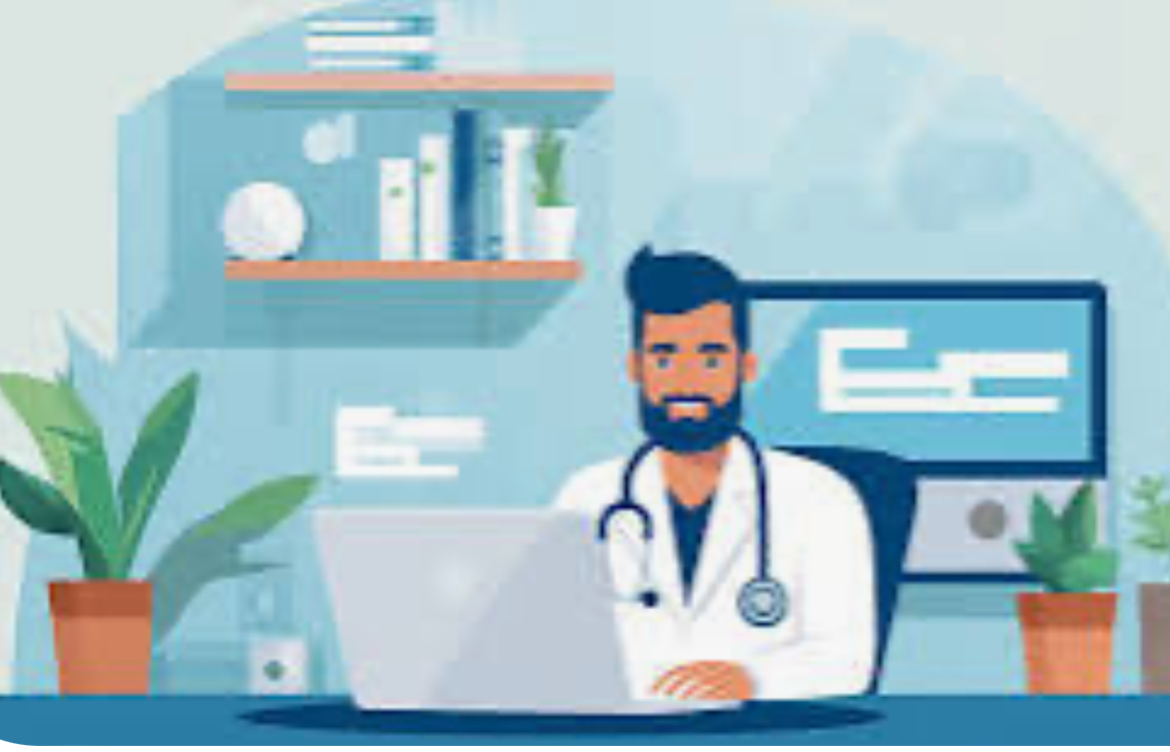Telemedicine and remote learning have rapidly become central elements of medical education, offering innovative ways to train the next generation of healthcare professionals. With advances in technology and the necessity for adaptable learning environments, these methods have proved invaluable. They not only facilitate a comprehensive educational experience but also ensure that medical students gain the knowledge and skills required in a rapidly changing healthcare sector.
The Rise of Telemedicine: A Prelude to Educational Transformation
Telemedicine has seen a remarkable increase in adoption across the healthcare industry, significantly impacting how medical education is delivered. It has opened up new avenues for patient care, allowing for remote diagnosis, treatment, and monitoring. This shift towards telemedicine has necessitated a parallel transformation in medical education, with curricula increasingly incorporating telehealth practices to prepare students for the future of healthcare delivery. This integration ensures that upon entering the workforce, new doctors are well-versed in the digital aspects of patient care, reflecting a significant shift in how medical professionals interact with their patients.
From Classroom to Cloud: The Shift Towards Remote Learning
The transition from traditional classroom settings to online platforms represents a significant shift in medical education. Remote learning platforms have enabled educators to deliver lectures, tutorials, and even practical simulations to students, regardless of their physical location. This shift not only provides flexibility and accessibility but also encourages a more personalised learning experience. Students can now learn at their own pace, revisit complex topics, and engage in interactive, digital content to enhance their understanding. Moreover, remote learning platforms facilitate collaboration and discussion among students and instructors, fostering a more engaging and interactive educational environment.
The Tech Behind the Transition: Key Technologies Driving Change
A cornerstone of the shift towards modern medical education is the implementation of advanced examination software provided by companies like Speedwell Software who specialise in medical education. Speedwell brings extensive experience and expertise to assist medical institutions and colleges in delivering high-quality medical education assessments. Their platform revolutionises the way assessments are designed, administered, and evaluated, making them crucial for remote learning environments. Speedwell’s solutions facilitate a range of examination formats from traditional paper-based to cutting-edge electronic assessments, including online and remote OSCEs, ensuring reliability and integrity. This flexibility allows medical faculties to conduct examinations securely and efficiently, regardless of students’ locations. By integrating such technologies into the curriculum, medical educators can offer more dynamic, accessible, and scalable assessment methods, preparing students effectively for their future careers in healthcare.
Virtual Clinics: The New Training Grounds for Medical Students
Virtual clinics have emerged as a crucial component of medical education, allowing students to practice clinical skills in a safe, controlled environment. Through simulations, students can experience a wide range of clinical scenarios, from routine examinations to complex procedures. This hands-on experience is invaluable, enabling students to build confidence and competence before they begin their clinical rotations. Furthermore, virtual clinics offer the opportunity for students to learn decision-making and diagnostic skills, critical thinking, and patient interaction, all of which are essential for their future careers.
Global Impact: How Telemedicine Is Making Medical Education More Accessible Worldwide
The global impact of telemedicine and remote learning in medical education cannot be overstated. These technologies have the potential to democratise medical education, making it more accessible to students from diverse backgrounds and locations. Particularly in regions with limited access to medical schools or specialist training, telemedicine and remote learning can provide high-quality educational opportunities. Additionally, by preparing students for the digital dimension of healthcare, these technologies ensure that future professionals are ready to serve in a variety of settings, from urban hospitals to remote clinics, thus improving healthcare accessibility and quality worldwide.
If you like our content, join us in helping to bring reality and decency back by SUBSCRIBING to our Youtube channel: https://www.youtube.com/channel/UCQ1Ll1ylCg8U19AhNl-NoTg AND SUPPORTING US where you can: Award Winning Independent Citizen Media Needs Your Help. PLEASE SUPPORT US FOR JUST £2 A MONTH https://dorseteye.com/donate/












